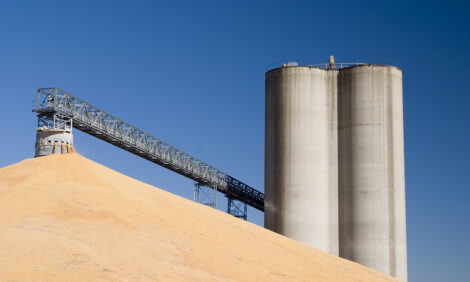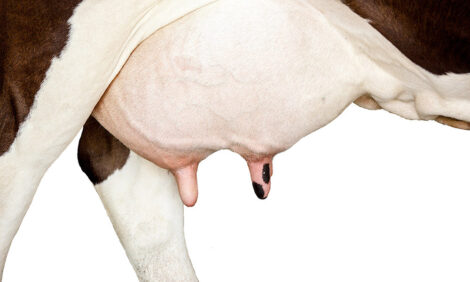



Unlocking Disease Resistance from Animal Genomes
IRELAND - Teagasc is working to identify genes that control disease resistance in animals. Scientists at the newly established Animal Bioscience Centre aim to identify the genes controlling the immune response in cattle and develop a new strategy for health management based on disease prevention.Individual animals vary significantly in their ability to carry and fight infections with a proportion of this ability controlled by their personal suite of genes, and mutations in those genes.
In the latest issue of TResearch, the Teagasc scientific magazine, animal health bioscientist, Dr Kieran Meade, outlines the next generation of technologies that will facilitate the selection of disease-resistant animals. Traditional animal breeding targeted production traits including milk and meat yield; and has been enormously successful in increasing both. Now Teagasc are pursuing a more gene-based approach to improving the immune status of the national herd.
Improving animal health is important to Ireland’s image as a natural, food-producing Island. It also has direct economic implications on farm, along the food chain and for human health. Dr Meade explains: “Breeding animals with superior immunity is key to disease prevention. Improving the health status of our national herd will help us meet future challenges on farm, but also help secure a place on the shelves of competitive international markets and to meet consumer requirements for a safe, premium product. Not all animals are created equal – and Teagasc aims to identify and select the best”.
Genetic merit for growth affects beef production and carcass quality
Teagasc scientists are also using genetic research to elucidate the consequences of selection for growth rate in beef cattle. Researchers Dr Gerry Keane and Dr Donagh Berry have shown that the increase in carcass weight due to higher genetic merit was more beneficial to carcass quality and value than a similar increase due to a higher feeding level or later slaughter.
Growth rate, as defined by genetic merit for carcass weight, is the main component of the Irish economic index for beef cattle. Genetic evaluation in Ireland for all traits, and therefore the economic index, is undertaken across breeds which allows for the objective comparison of animals of contrasting breeds.
However, no experimental study has evaluated the robustness of this measure of genetic merit for growth rate across two contrasting breeds and across two different slaughter weights. Additionally, the effect of selecting for increased growth rate on traits not routinely measured such as feed intake and efficiency, blood metabolite and hormonal concentrations, and detailed carcass measures has not been assessed.
The results from this study clearly demonstrate that the expected difference in growth rate between the progeny of high and low growth rate sires was realised phenotypically when averaged across both Angus and Belgian Blue crossbred steers. To date, the effect on carcass weight was twice that expected in the Angus but was not evident in the Belgian Blue progeny.
TheCattleSite News Desk


